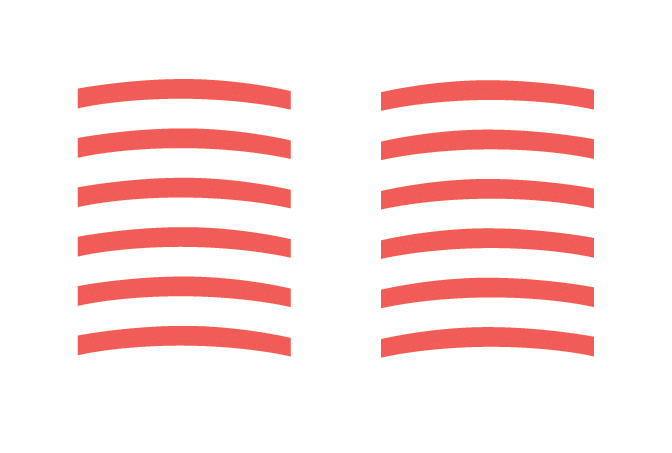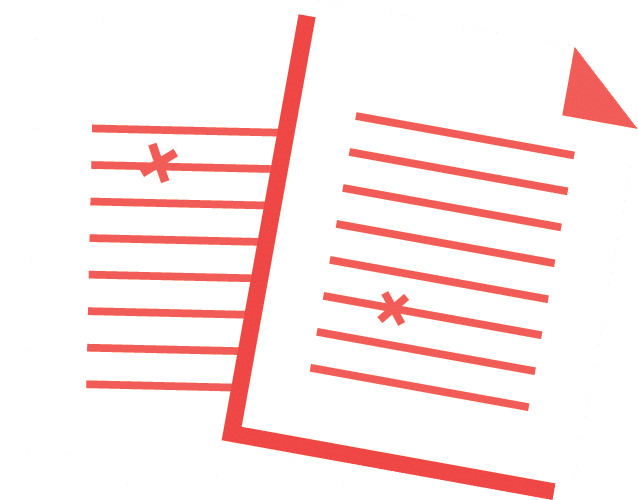If you’re like me, right now your head is swimming. You’ve just spent three or four weeks using a microscope to lay out the elements of a novel, all of its scenes and continuity details, turning points, values etc. Moving from minutiae to the view from thirty thousand feet is a very difficult transition. No… Read more »
Continue Reading >>
The Book

First Time Writer
